Biscayne National Park is the perfect place to escape the hustle and bustle of Miami and immerse yourself in the wonders of the natural world. Just off the coast of this vibrant city, this underwater wonderland is home to a diverse array of marine life, from colorful coral reefs teeming with fish to playful dolphins and gentle manatees.
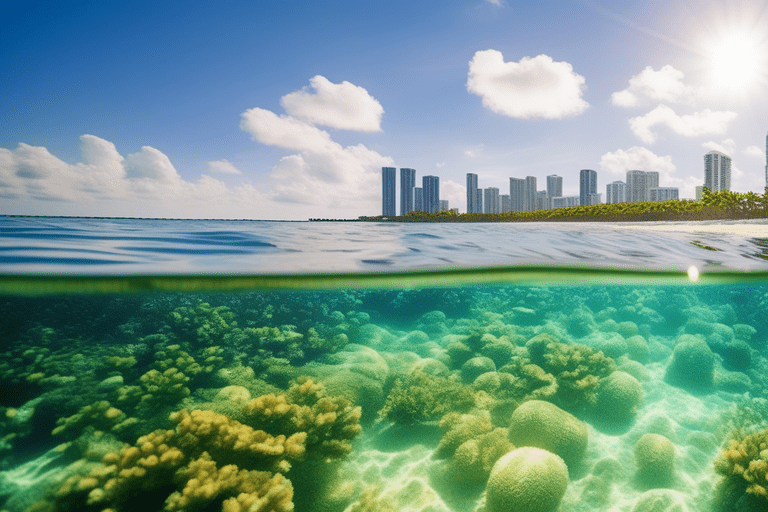
Biscayne is a paradise for snorkelers and scuba divers, offering crystal-clear waters and an abundance of marine life to explore. As you glide through the water, keep an eye out for parrotfish, angelfish, and even the occasional shark. If you’re lucky, you might even spot a sea turtle or a manatee.
On land, Biscayne National Park offers a variety of activities for visitors of all ages. Hike or bike through the park’s lush trails, or take a kayak or canoe trip through the mangroves. If you’re looking for a more relaxing experience, spend a day soaking up the sun on one of the park’s many beaches.
Quick Fun Facts About Biscayne National Park
- Encompasses nearly 95% water, covering 172,971 acres, making it mostly an aquatic reserve.
- Houses the third-largest coral reef system globally, spanning over 180 miles.
- Protects four distinct ecosystems: coral reefs, seagrass beds, mangroves, and coastal uplands.
- Features over 40 historic shipwrecks, providing unique diving experiences.
- Serves as a sanctuary for endangered species like the West Indian manatee and American crocodile.
- Offers nesting grounds for five species of endangered sea turtles, including loggerheads and green sea turtles.
- Hosts over 300 bird species within its mangroves, islands, and coastal areas.
- Boasts the historic Fowey Rocks Lighthouse, built in 1878, atop a coral reef.
- Offers recreational activities like camping, hiking, snorkeling, and kayaking.
- Protects archaeological sites displaying human habitation dating back thousands of years.
- Collaborates with local communities for environmental stewardship and conservation.
- Engages in climate research due to vulnerability to climate change and sea-level rise.
- Provides educational programs, exhibits, and guided tours for visitors.
- Consists of explorable keys such as Boca Chita Key and Elliott Key.
- Nurtures mangrove forests serving as vital nurseries for marine life.
- Contains diverse flora and fauna across its distinct ecosystems.
- Showcases a range of colorful marine life within its coral reefs.
- Supports efforts to preserve fragile marine ecosystems.
- Participates in climate resilience strategies to mitigate environmental impacts.
- Protects and conserves its waters, ensuring the sustainability of marine resources.
Also Read this: 20 Astonishing Fun Facts about Acadia National Park
Lesser Known Facts About Biscayne National Park
- Ancient Artifacts: Sites reveal Native American history dating back 10,000 years.
- Unique Mangrove Habitat: Hosts the northernmost mangrove ecosystem worldwide.
- Historical Islands: Adams Key once housed exotic gardens and abandoned homes.
- Submerged Forests: Ghost forests indicate past sea-level changes and climates.
- Coral Disease Research: Scientists study diseases affecting vital reef-building corals.
- Limited Access: Most areas accessible only by boat, preserving its pristine nature.
- Native Collaboration: Collaboration preserves and interprets Native American heritage.
- Urban Sanctuary: Offers a natural escape despite being close to Miami.
- Economic Influence: Supports local economies through eco-tourism and fishing.
- Wildlife Studies: Ongoing research studies animal behaviors and migration patterns.
- Environmental Monitoring: Conducts studies on water quality and habitat restoration.
- Submerged Trails: Underwater trail systems educate divers about marine life.
- Artistic Inspiration: Inspires artists and filmmakers with its underwater landscapes.
- Indigenous Uses: Historically used by Native Americans for fishing and gathering.
- Underwater Soundscapes: Submerged environments offer unique auditory experiences.
- Carbon Sequestration: Mangroves play a role in carbon storage to mitigate climate change.
- Hurricane Impact: Ecosystems shaped by periodic hurricane impacts.
- Scientific Collaboration: Collaborates on marine conservation with various institutions.
- Microscopic Ecosystems: Microorganisms vital for the park’s marine health.
- Habitat Restoration: Engages in projects to protect and enhance critical habitats.
Also Read this: 28 Amazing Facts about Glacier National Park
Marine Dominance
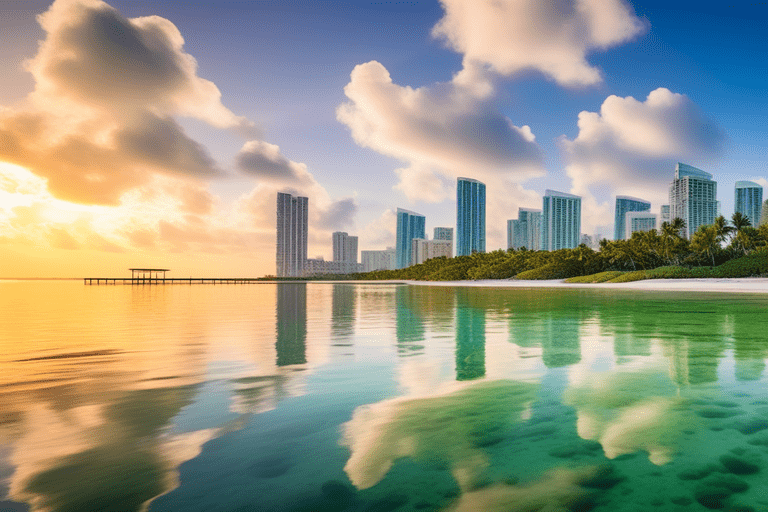
Biscayne National Park stands out as a unique sanctuary, encompassing almost 95% water, which equals 172,971 acres of marine territory. This vast expanse makes it the largest marine park within the U.S. National Park System.
Magnificent Coral Reefs
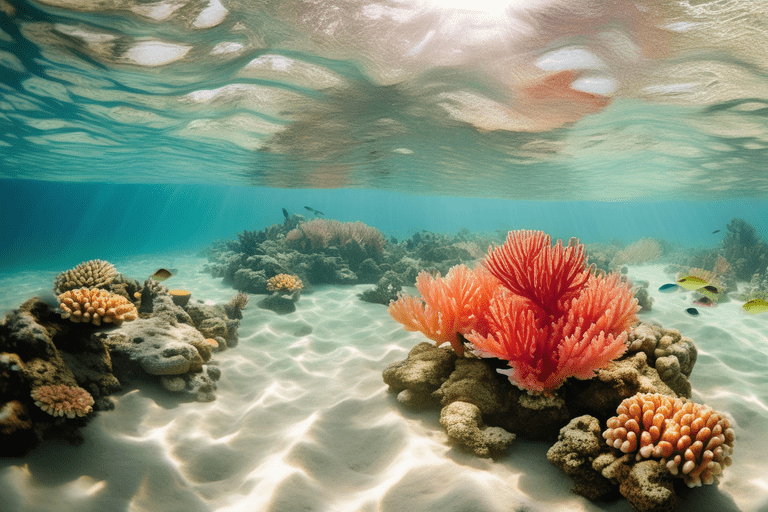
Positioned just off the coast of Miami, Florida, Biscayne is home to the third-largest coral reef system globally, covering more than 180 miles. This coral reef is a biodiverse treasure trove, offering an array of colors, shapes, and marine life, attracting divers and snorkelers worldwide.
Mangrove Marvels
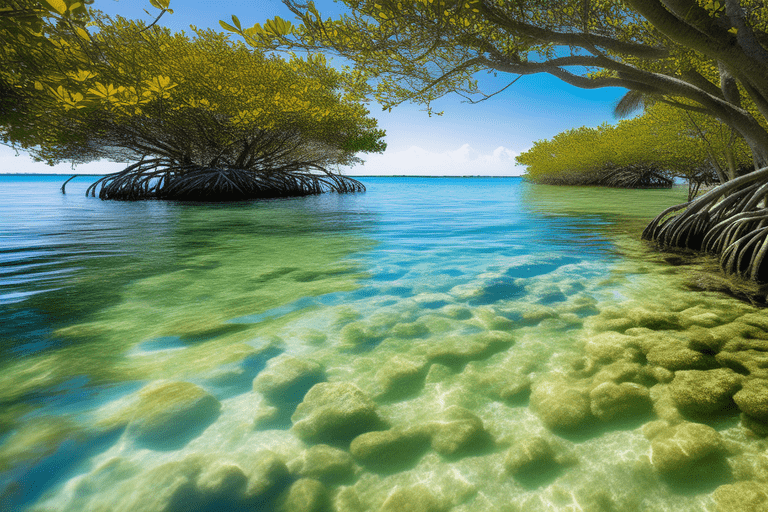
Within the park, mangrove forests thrive along the coastlines and islands, serving as crucial nurseries for numerous fish species. These mangroves play a significant role in maintaining the park’s ecological balance by providing shelter and food for various marine life forms.
Shipwreck Stories
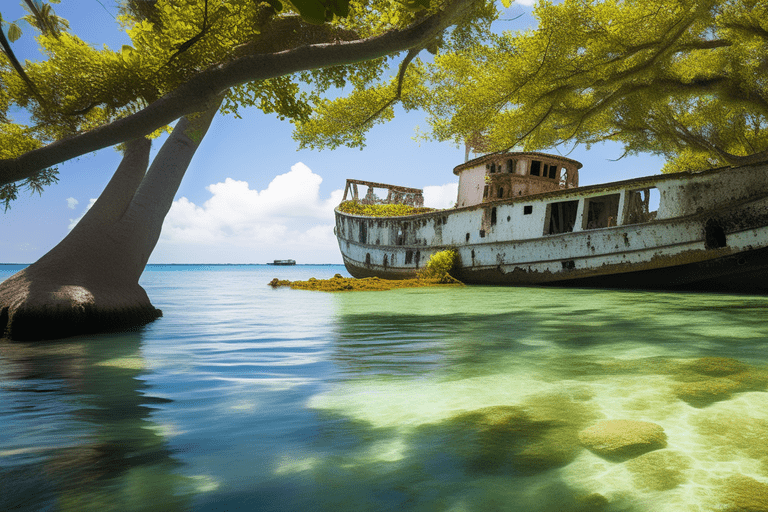
Over 40 shipwrecks are scattered throughout the park’s waters, adding a captivating historical dimension. These wrecks, ranging from sailing ships to 20th-century vessels, provide a fascinating diving experience, offering glimpses into maritime history.
Endangered Species Sanctuary
Biscayne National Park is a refuge for endangered species such as the West Indian manatee, American crocodile, Schaus’ swallowtail butterfly, and the rare and elusive Miami blue butterfly.
Sea Turtle Haven
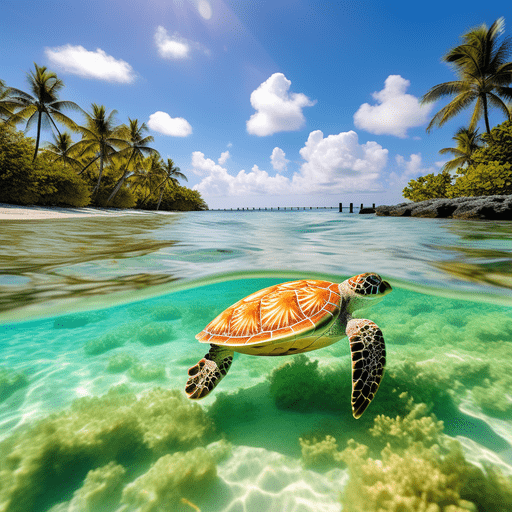
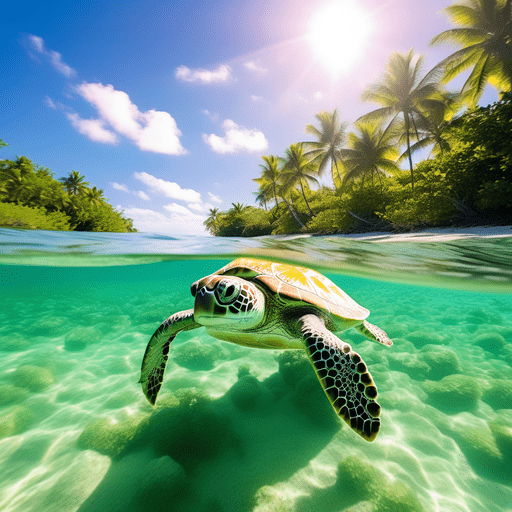
Five species of endangered sea turtles, including loggerheads and green sea turtles, utilize the park’s pristine beaches as nesting grounds. Their conservation is vital for the park’s biodiversity and ecosystem health.
Also Read this: Fascinating Facts About Zion National Park a Must-See Wonder!
Avian Paradise
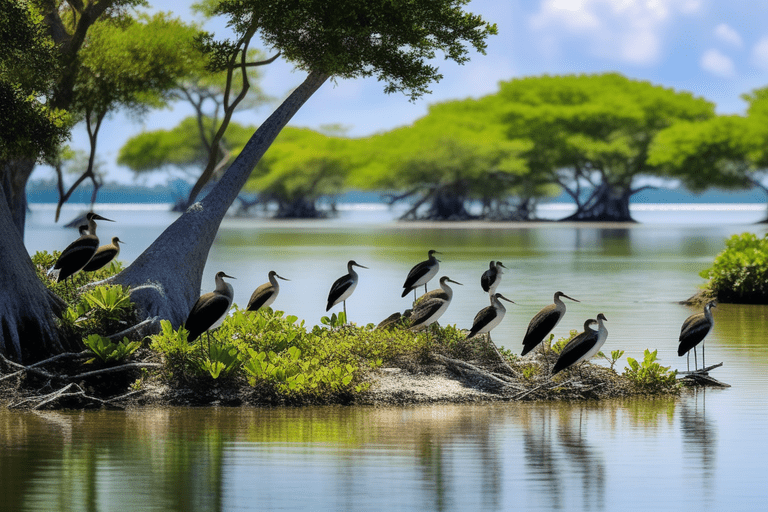
Over 300 bird species find sanctuary in the park, utilizing its mangroves, islands, and coastal areas for nesting, feeding, and migration, making it a paradise for birdwatchers.
Fowey Rocks Lighthouse
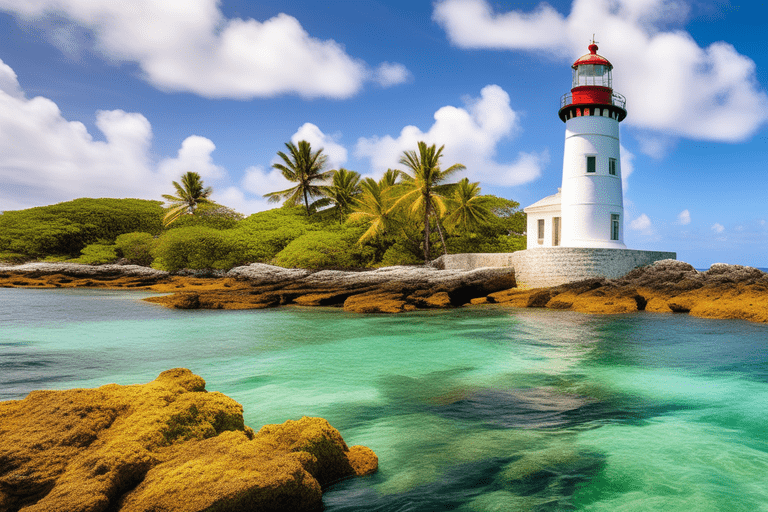
The historic Fowey Rocks Lighthouse, built in 1878, stands majestically atop a coral reef within the park’s boundaries, serving as a navigational landmark and a symbol of maritime heritage.
Explorable Keys
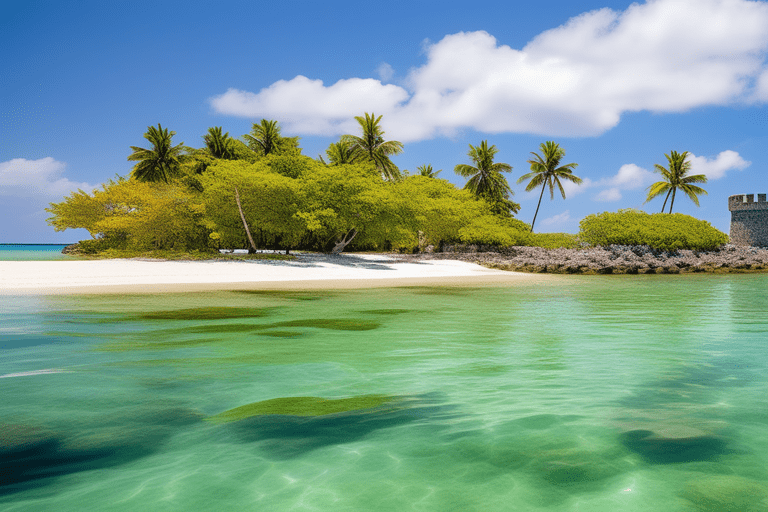
Islands like Boca Chita Key with its “Castle” and Elliott Key, the largest key within the park, offer diverse recreational opportunities, including camping, hiking trails, and pristine beaches.
Cultural and Archaeological Significance
The park contains archaeological sites revealing evidence of human habitation dating back thousands of years, showcasing the area’s historical and cultural heritage.
Diverse Ecosystems
Biscayne National Park protects four distinct ecosystems—coral reefs, seagrass beds, mangroves, and coastal uplands. Each plays a crucial role in sustaining the park’s diverse flora and fauna.
Educational Initiatives
The park offers educational programs, guided tours, and exhibits, allowing visitors to learn about marine life, conservation efforts, and the park’s rich history.
Community Involvement
Biscayne actively engages with local communities, promoting environmental awareness, stewardship, and partnerships to preserve this natural gem.
Climate Research
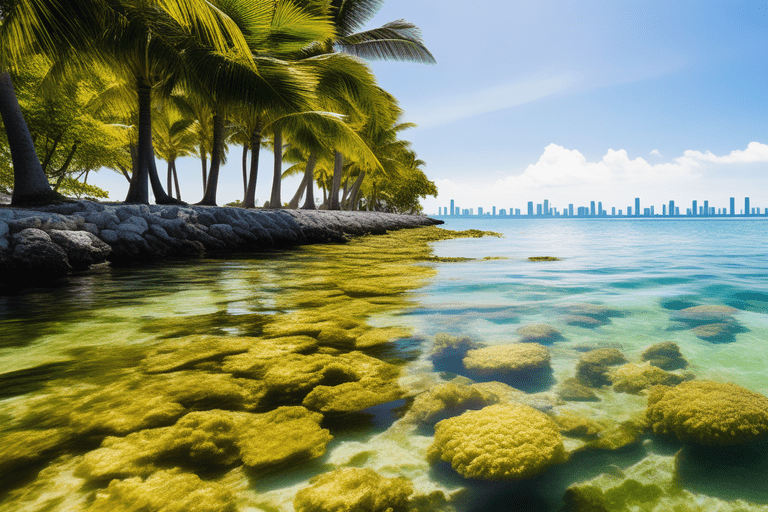
As a front-line area impacted by climate change, the park contributes to climate research, studying the effects on marine ecosystems and fostering resilience strategies.
Recreational Opportunities
Visitors can indulge in various recreational activities within the park, including snorkeling, kayaking, boating, fishing, and camping, ensuring an immersive experience with nature.
Environmental Preservation
Park rangers and volunteers dedicate efforts to preserve and protect the park’s fragile ecosystems, ensuring the long-term sustainability of its marine resources.
Climate Resilience
Being an area susceptible to climate changes and sea-level rise, Biscayne National Park is at the forefront of research to understand and mitigate the effects of these challenges on its ecosystem.
Protected Waters
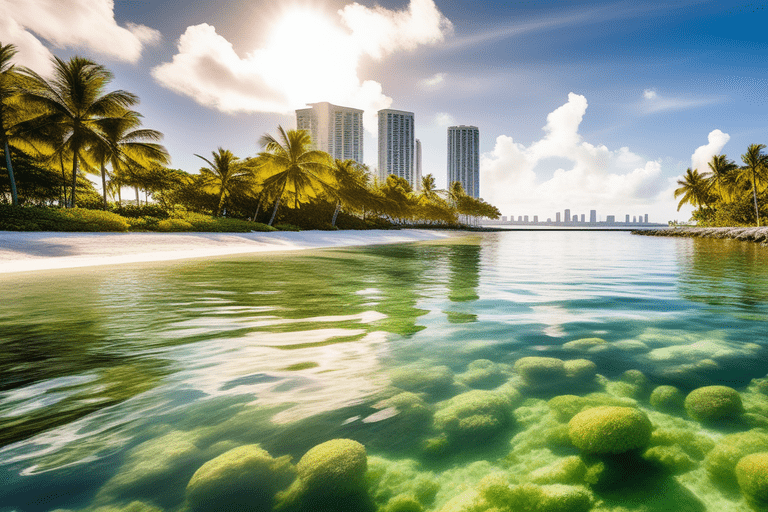
The park serves as a crucial sanctuary, providing protection to its waters, safeguarding delicate marine ecosystems and species for future generations to cherish and enjoy.
FAQs
Yes, the park is home to a diverse range of wildlife, including endangered species like the West Indian manatee, American crocodile, and various sea turtles.
Biscayne hosts the third-largest coral reef system globally, offering over 180 miles of vibrant marine ecosystems, ideal for diving and snorkeling.
Yes, the park has over 40 historic shipwrecks, providing divers with the opportunity to explore remnants of maritime history submerged in its waters.
Most areas within the park are accessible by boat, offering activities like snorkeling, kayaking, fishing, and educational underwater trails for divers.
The park contains archaeological sites with artifacts dating back thousands of years, submerged forests, and collaborations preserving Native American heritage, among other lesser-known highlights.